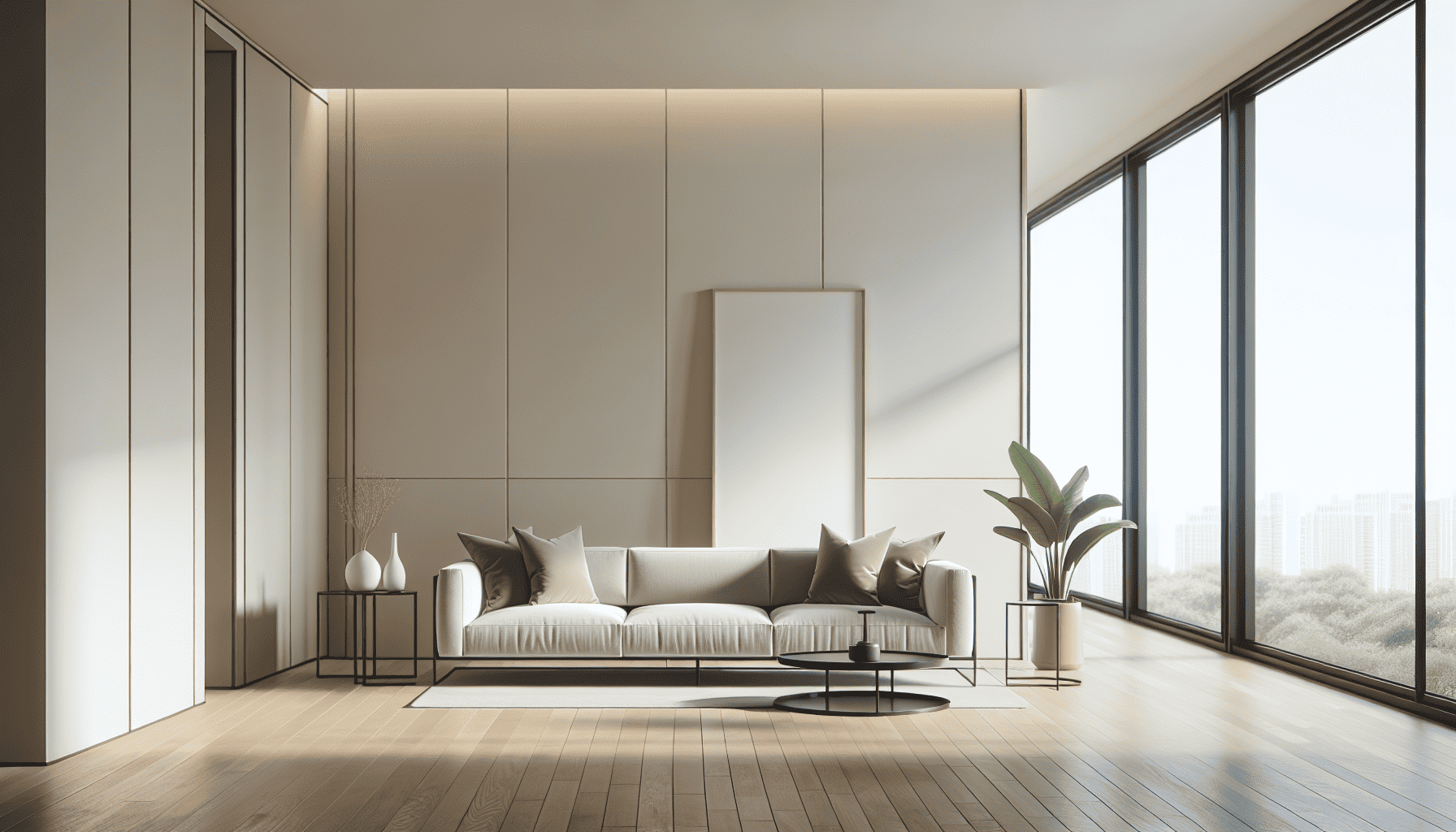In a world bursting with sensory overload and constant distractions, the allure of minimalism has gained a remarkable foothold. This serene approach to design offers a refreshing escape from the chaos, inviting individuals to embrace an aesthetic that values simplicity and intentionality. Modern minimalism is not just a design style, but a philosophy that celebrates both elegance and functionality.
At the heart of modern minimalism lies the idea of doing more with less. It's about distilling spaces and objects down to their essence, keeping only what is truly necessary and meaningful. This design sensibility cultivates an environment that is not only visually uncluttered but mentally liberating, providing a peaceful retreat in a hectic world.
One of the key elements of modern minimalism is the use of a neutral color palette. Soft whites, muted grays, earthy tones, and subtle pastels create a serene backdrop that allows spaces to breathe. These calming hues serve as a canvas, highlighting architectural features and thoughtfully chosen furniture without overwhelming the senses. This restrained approach to color fosters an atmosphere of tranquility and relaxation.
In terms of furniture and decor, modern minimalism emphasizes quality over quantity. Each piece serves a distinct purpose, contributing to the functionality of a space while also offering aesthetic appeal. Clean lines, smooth surfaces, and understated designs define the furniture, ensuring that every item complements the overall ambiance without creating clutter. The absence of excessive ornamentation allows the inherent beauty of each item to shine through.
Modern minimalistic designs often incorporate natural materials such as wood, stone, and metal. These elements bring warmth and texture into the environment, contrasting with the simplicity of the overall design. The use of these materials connects inhabitants with nature, fostering a sense of grounding and well-being.
Lighting plays a crucial role in modern minimalism, emphasizing natural sources and the strategic placement of fixtures. Large, unobstructed windows invite sunlight to fill the space, creating dynamic play of light and shadow throughout the day. Strategic use of artificial lighting enhances functionality, ensuring areas are well-lit and inviting without being overbearing.
In many ways, modern minimalism is a form of mindfulness in design. It encourages individuals to live with intention, making deliberate choices about the environment they wish to create. By prioritizing function and form, minimalism leads to spaces that are not only beautiful but also highly adaptable to the changing needs of their inhabitants.
Embracing modern minimalism means embracing a lifestyle that values quality, appreciates the beauty of simplicity, and seeks harmony between the space and those who occupy it. It’s a celebration of elegance that remains eternally relevant, proving that sometimes, less is indeed more. With modern minimalism, one can cultivate an environment that offers serenity, functionality, and enduring beauty – a true refuge from the complexities of the modern world.
